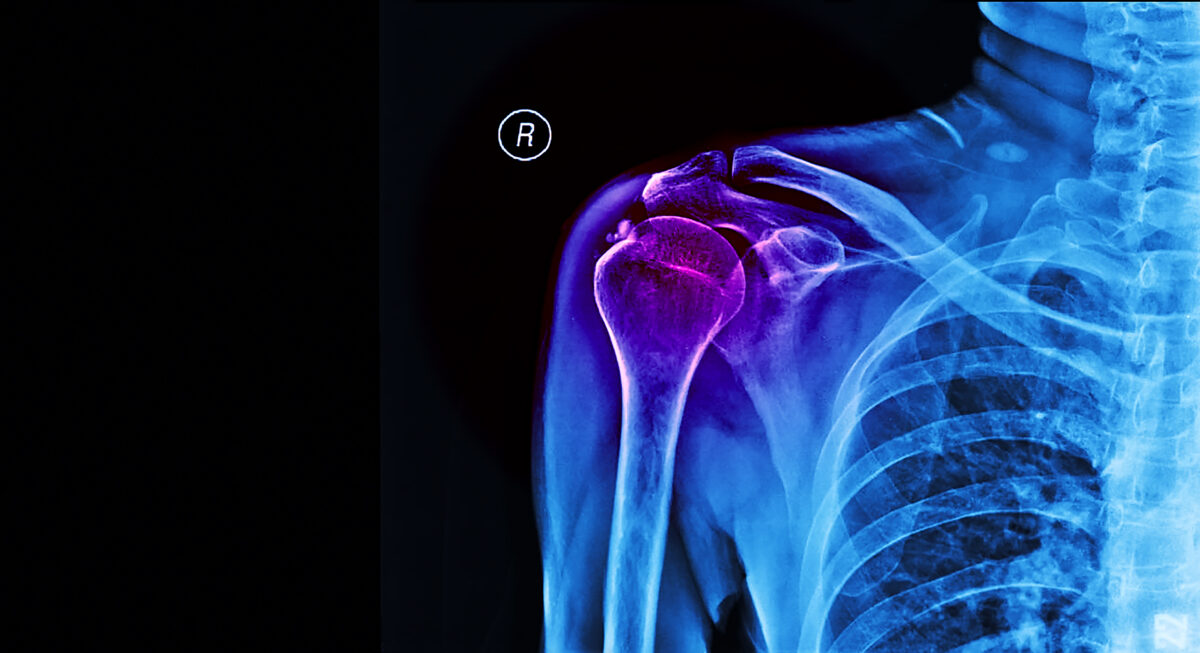Ultrasound-Guided Continuous Superior Trunk Block

The pursuit of effective regional anesthesia techniques has led to the development and refinement of various nerve blocks. One such advancement is the ultrasound-guided continuous superior trunk block. This technique has emerged as a valuable tool in managing pain for surgeries involving the shoulder, clavicle, and upper arm. As with many other blocks, the advent of ultrasound guidance has increased the precision, safety, and overall efficacy of this procedure.
Anatomy and Rationale
The brachial plexus, the nerve network responsible for innervating the upper limb, comprises roots, trunks, divisions, cords, and terminal branches. The superior trunk is formed by the union of the fifth and sixth cervical nerve roots. It is situated between the anterior and middle scalene muscles in the neck. By targeting the superior trunk, one can achieve anesthesia or analgesia to a significant portion of the shoulder and upper arm.
The rationale behind using a continuous block, as opposed to a single-injection technique, is to provide prolonged pain relief. Continuous blocks involve the placement of a catheter, through which local anesthetics can be infused either as a continuous infusion, boluses, or a combination of both, ensuring prolonged analgesia.
Ultrasound Guidance
The use of ultrasound in regional anesthesia has been revolutionary. Previously, nerve blocks were often performed using landmark-based techniques or nerve stimulation. While these methods were effective, they had a higher rate of complications and less predictable outcomes.
In contrast, ultrasound guidance allows for real-time visualization of the relevant anatomy. The clinician can see the needle’s path, the spread of the local anesthetic, and avoid structures like vessels or the lung apex. This direct visualization reduces the risk of complications, increases the block’s success rate, and can reduce the volume of local anesthetic required.
Technique
To perform the ultrasound-guided continuous superior trunk block:
1. Positioning: The patient is positioned supine with the head turned slightly to the opposite side.
2. Ultrasound Probe Selection: A high-frequency linear ultrasound probe is typically used to visualize the neck’s superficial structures.
3. Probe Placement: The probe is placed transversely at the level of the cricoid cartilage, and then moved laterally to identify the interscalene groove between the anterior and middle scalene muscles.
4. Needle Insertion: Under real-time ultrasound guidance, a needle is introduced using an in-plane technique. The needle is advanced towards the superior trunk, which appears as a hypoechoic (darker) structure between the scalene muscles.
5. Catheter Placement: Once the needle tip is adjacent to the superior trunk and satisfactory local anesthetic spread is observed, a catheter is threaded through the needle. The needle is then removed, leaving the catheter in place.
6. Local Anesthetic Administration: An initial bolus of local anesthetic is administered through the catheter to ensure block onset. Subsequently, the catheter can be connected to an infusion pump to maintain the block or used for intermittent boluses.
Advantages and Limitations
The ultrasound-guided continuous superior trunk block offers several advantages:
· Safety: Direct visualization minimizes the risk of intravascular injection, nerve injury, and other complications.
· Efficacy: The continuous nature of the block provides prolonged pain relief, reducing the need for systemic analgesics and their associated side effects.
· Patient Satisfaction: Better pain management can lead to improved patient satisfaction, faster rehabilitation, and shortened hospital stays.
However, limitations include potential risks of catheter migration or dislodgment, infection at the catheter insertion site, and potential local anesthetic systemic toxicity if large volumes are infused rapidly.
Conclusion
The ultrasound-guided continuous superior trunk block has emerged as a valuable technique for surgeries involving the upper limb, particularly the shoulder and clavicle. With the precision and safety provided by ultrasound guidance, this block offers effective and prolonged analgesia, enhancing patient outcomes and satisfaction.